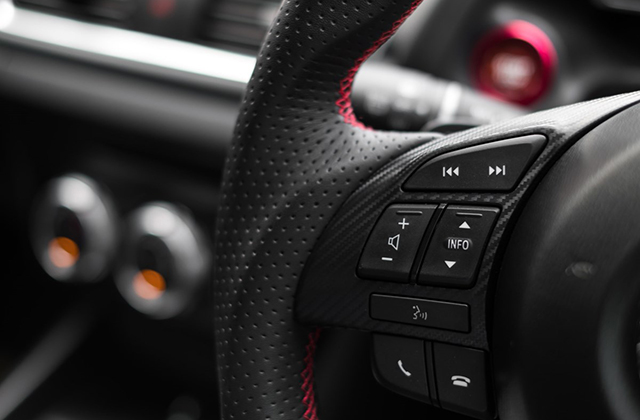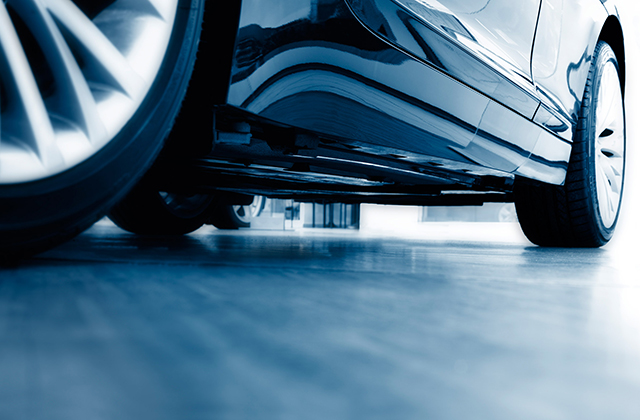If you pay a visit to your local auto parts store you will discover a wall full of car care and detailing products. It’s no different on the web. Most retailers of car detailing supplies have so many cleaners, polishes and waxes that it’s nearly impossible to tell the difference between even the most basic items. So how do you know what works and what doesn’t? More importantly, can the wrong products damage your car? In short, automotive paint protection Adelaide preserves the quality of your car’s paint by reducing the risk of multiple kinds of damage.
Practically speaking, there are only a few categories of detailing products. For ease of discussion you can break it down into cleaners, polishes and protectants. A few products have more than one purpose. Chemicals that clean and protect in a single step are a good example.
Car Wash
A car wash is a gentle soap that’s designed to clean the exterior of your car without removing wax protection. A soap is not the same as a detergent. A detergent will remove wax protection with a single use. That’s why you should not use a household cleaner like Dawn dish washing liquid, unless you’re planning to wax your car.
I recommend selecting a car wash soap based on what works best for you. You may need to try a few because they all react a bit differently to water quality conditions. That said, all of the major brand names are pretty close in quality. I like Meguiar’s Gold Class. Mothers California Gold is another popular brand.
Tire and Wheel Cleaners
A tire cleaner is a detergent that has enough cleaning power to cut through old tire dressing and the road grunge film that builds up on tires and turns them brown. Be careful. If you find a product that contains petrochemicals or bleach, stay clear. These chemicals will really do a number on fine alloy wheels and they cause tires to age prematurely.
To properly clean your wheels, look for an all-purpose cleaner or an all-purpose wheel cleaner. Don’t use an acid based cleaner unless you have chrome wheels. If you don’t use a cleaner containing acid correctly it will permanently damage your wheels.
Engine and Undercarriage Cleaners
Most people don’t clean their engines, but it’s a great habit to get into because it helps reduce corrosion. Once a year of so is perfect. It takes strong chemicals to remove dirt, grease, oils and grime. The best cleaner for this job was d-limonene, but it is an environmental hazard, so it’s banned in many areas. I suggest a detergent cleaner, not petroleum, such as Meguiar’s new engine cleaner. They really did a good job formulating it for new engines with plastic covers and other composite components.
Leather and Vinyl Cleaner
Leather and vinyl are common throughout car interiors. Both materials are very durable, but the sun, dirt and oils from our bodies can cause rapid deterioration. Skin oils cause vinyl and leather to age and discolor, so frequent light cleaning is necessary to avoid issues. It’s difficult to tell where real leather ends and plastic or vinyl begins theses days, so I recommend using a product designed for both. Lexol is the recognized leader.
Upholstery and Carpet Cleaners
For your carpet and fabric finishes, including carpeted floor mats, you can choose sprays or foams. There’s no easy answer here because there are advantages and disadvantages to each. Foams have the ability to push dirt to the surface where it can be vacuumed away. They also put less liquid into the fibers so the carpet or fabric dries faster. Conversely, liquid cleaners thoroughly wetting the fabric and carpet fibers for deep cleaning. I prefer liquid cleaners.
Glass and Plastic Cleaners
Ammonia-based glass cleaners should not be used on your vehicle. It’s harsh on interior car surfaces and it’s a health risk when used in confined spaces. A better solution is a damp microfiber towel. They clean glass without using chemical cleaners. You can clean clear plastic surfaces, including window tint film, with a glass cleaner as long as it does not contain ammonia or alcohol. These chemicals will ruin clear plastic. A better solution is to use a plastic cleaner, such as Plexus.
Paint Polish
Paint polish, not car wax, is what gives paint its high gloss shine. Choose a car polish that matches the needs of your car’s paint finish. New cars need a fine polish that cleans more than polishes. This type of polish is typically called a pre-wax cleaner. If you have swirl marks, fine scratches or water spots, choose a polish that specifically addresses these problems, but don’t use heavy rubbing compounds.
Clay Bar
About ten years ago a new product came onto the market for general use that cleans better than car polish. It’s called detailing clay, and it works like an erasure. Using a spray lubricant to prevent sticking, you simply rub the clay bar over the paint finish to make it clean and slick again. All of the bonded contamination transfers directly to the clay.
Car Wax
The final step is waxing. These days, “car wax” refers to any coating you apply to protect the paint. Synthetic waxes are also called paint sealants. Be leery of false claims on paint sealants. Too many products claim to last a year or more, and it’s simply not true. Regardless of any claim, your vehicle needs regular cleaning and waxing to prevent surface oxidation. Waxing three to four times a year is optimal.
To learn more about car cleaning products visit David Bynon’s Guide To Detailing blog, a leading source of information about detailing products and DIY car care. In our website we have a car products that is working you may click here to visit us.
Article Source: http://EzineArticles.com/expert/David_Bynon/26388
Article Source: http://EzineArticles.com/6162753



